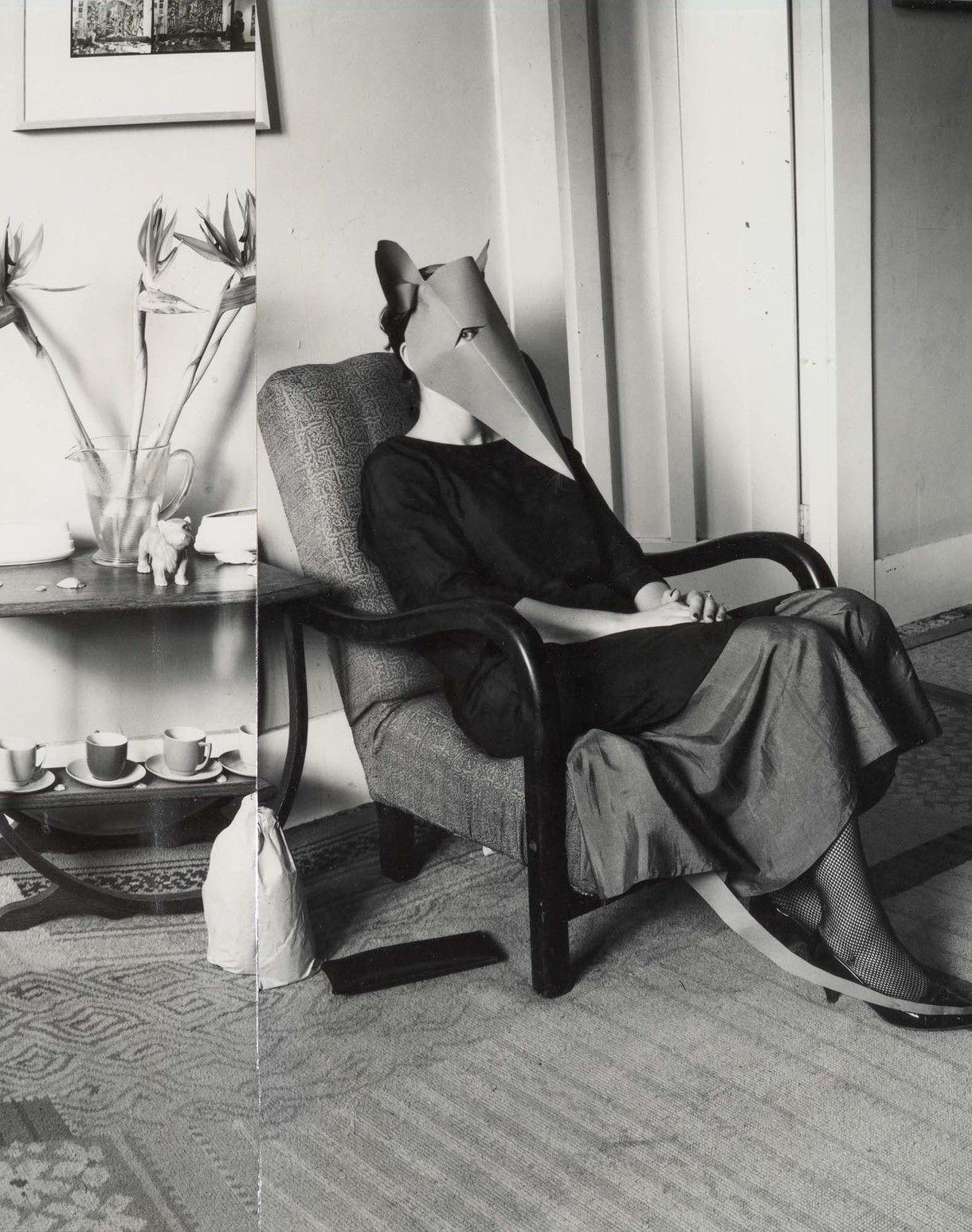B.193
B.
Bulletin
New Zealand's leading
gallery magazine
Latest Issue
B.22201 Dec 2025
Contributors

Director's Foreword

Director's Foreword
Welcome to the spring 2018 issue of Bulletin. As I write this, it is one of those truly beautiful, crisp Christchurch days outside. Our classroom, our gallery spaces and the NZI Foyer are full with holidaying children creating their own works of art, using our Art Explorer activity trail to discover our galleries or constructing precariously leaning structures in the Imagination Playground. It’s lovely to see the place buzzing with so much creativity and exploration.
Commentary

Her Own London
I laughed at your note. Our packing was not done until the last minute of the 11th hour, and when we at last got onto the train we could only think how lovely it was to do nothing and think about nothing. However, by now we realise we are really going to England. After 17 days at sea, out of sight of land, N.Z. seems as if it was in another universe.
Commentary

Powerfully Present
In the last issue of Bulletin, to mark the 125th anniversary of women claiming the right to vote in Aotearoa New Zealand, our curators wrote about five significant – yet lesser-known – nineteenth and mid-twentieth-century works from the collection by women.
In this issue we focus on some contemporary works by women artists that assert a powerful presence in the collection – and which variously explore the charged politics of representation.
My Favourite

Robin Neate's In a Lonely Place
I still fondly recall my initial exposure as a teen to Ian Curtis’s final and uncannily premonitory composition with Joy Division, In a Lonely Place. But with its violaceously autumnal palette, Robin Neate’s work of the same name feels far removed from the dismal granite grey of a Manchester morning, or even the stark monochrome of the 1950 Nicholas Ray film that both of these pieces appropriate their title from.
Postcard From...

Postcard From...
Bonjour from Montréal! As I write this, we’re sliding into summer like a squirt of Palmolive down a Slip’n’Slide. The sun is blazing down, the vines are snaking around the lacy iron staircases outside, and everyone and their grandma seems to be sitting out on a terrasse with a cold beer. It’s a relief after almost six months of snow and -20°C temperatures.
Artist Profile

Steve Carr: Transpiration
In Steve Carr's Transpiration (2014), huge carnations hover in half-dozen clusters on the wall. They start their lives looking like balls of cotton rags – white, bunchy, frayed. Colour then gathers at their fringes and grows into a slow leach that turns them yellow, or pink, or blue. The flowers’ inner folds wobble slightly. There’s a more general sway at their outer limits – a kind of peripheral rocking. Single petals peel away, minuscule movements that turn into sublime shocks when you manage to catch one at the edges of your vision.
Commentary

Of Braided Rivers and Hydro-Traders
“With 14,000km of coastline, over 180,000km of rivers, and 3,820 lakes, there’s more to the land of the long white cloud than land…” So began an advertisement in a recent Sunday Star Times. It might have been the opening gambit for a campaign devoted to water conservation but was, in fact, a promotion for the latest model jet ski: “And all you need to unlock it is the all-new Yamaha Waverunner FX HO… SAME PLANET, DIFFERENT WORLD. Yamaha-motor.co.nz.”
Interview

Marie Shannon talks to Lara Strongman
Lara Strongman: This show brings together thirty years or more of your work, put together with the curators from Dunedin Public Art Gallery. I wondered what you’d discovered through the process?
Marie Shannon: I discovered that I hadn’t moved very far. That’s not to say that I didn’t feel my work had developed, but I’d just run around in such confined territory. Of course that’s not necessarily a bad thing, but I found it confronting to look at that short reach in my output. I had to convince myself that it didn’t all look like shit. (You probably can’t say that here because you want people to come and see the exhibition, but I’m being perfectly honest.) Each time the show was hung, I’d walk away feeling despondent and then I’d sort of think, “No, it’s actually okay”.
Interview

Girlfriend
Lara Strongman: Why did you call this work Hoa Kōhine (Girlfriend)?
Lonnie Hutchinson: The work is very feminine in nature. Because it’s the 125 year celebration of women’s suffrage in Aotearoa this year, I wanted to refer to women, and to the friendship between women. “Girlfriend” is what women friends call each other, in an affectionate sort of way. Hey girlfriend! And in a text we’ll use gf.






